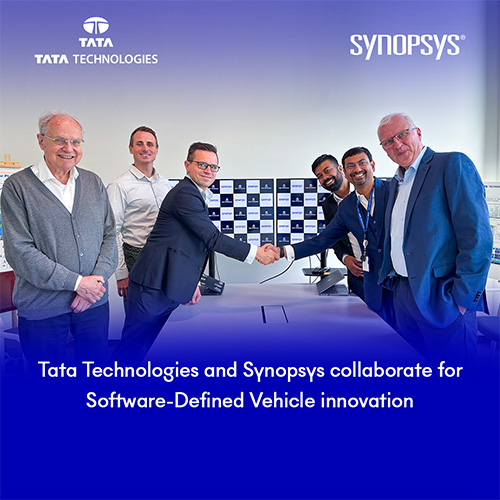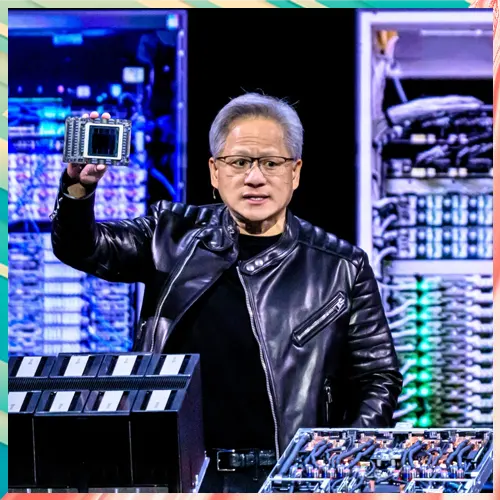
Intel and AMD have formed a new x86 ecosystem advisory group to counter the rising competition from Arm-based chip designers. This initiative has garnered support from major tech companies, including Microsoft, Dell Technologies, Lenovo, and HP Inc., alongside notable figures like Linux creator Linus Torvalds. The group aims to enhance the x86 architecture, fostering developer innovation and expanding its ecosystem to strengthen the CPU landscape amid growing competition.
This move comes as RISC-V architecture gains traction, particularly in the AI and automotive sectors, even as it has yet to reach mainstream PC and server markets. The new group includes support from major tech firms like Microsoft and Dell, aiming to enhance the x86 ecosystem and encourage innovation in the face of evolving technology trends.
ARM has dominated the mobile device market due to its business model of licensing designs, while Intel and AMD primarily sell finished CPUs based on their x86/x64 instruction set. RISC-V offers an open-source alternative, allowing free access to designs, making it appealing for academic use and innovation. ARM has been compelled to release simpler designs for free to stay competitive, while RISC-V continues to gain traction for its flexibility and accessibility.
At the recent RISC-V Summit, major industry players like NVIDIA, Qualcomm, Google, and Samsung discussed the potential of RISC-V as a viable alternative to Arm and x86 architectures. NVIDIA highlighted its long-term integration of RISC-V into GPU microcontrollers, emphasizing the architecture's versatility and its capacity to support a wide range of applications. This collaboration marks a significant shift towards open-source computing in the tech industry.
Other founding members of the x86 ecosystem advisory group include Broadcom, Meta, Oracle, Red Hat, and Epic Games' Tim Sweeney. Intel and AMD announced that the group aims to unify x86 instructions and architectural interfaces, which is expected to enhance compatibility and predictability across x86 products. This initiative reflects their commitment to fostering innovation in response to the competitive landscape shaped by emerging architectures like RISC-V.
Intel and AMD emphasize that the x86 architecture has been fundamental to computing for over 40 years. They believe that collaboration is essential to adapt to changing demands like dynamic AI workloads and advanced chip designs. Intel CEO Pat Gelsinger stated that the industry is nearing a pivotal transformation in the x86 ecosystem, necessitating enhanced customization and scalability to address current and future customer needs.
Intel and AMD face increased competition from Arm-based architectures, as companies like Apple, Qualcomm, and cloud giants such as AWS, Microsoft, and Google design their own CPUs for PCs and cloud services. This competition has led to the introduction of high-core-count, efficiency-focused processors by both Intel and AMD, including AMD's EPYC "Bergamo" and Intel's Xeon 6 E-core chips. AMD has successfully captured x86 market share from Intel while diversifying into networking and AI acceleration.
The formation of the x86 Ecosystem Advisory Group, supported by leaders from Microsoft, Dell, Google Cloud, HPE, and Lenovo, aims to ensure the evolution of the x86 architecture. CEOs emphasized the need for consistent implementations to enhance performance and efficiency, which will drive innovation and cater to the evolving computing needs of customers. This collaborative effort seeks to build a more efficient, secure, and customizable x86 ecosystem, benefiting both the tech industry and its users.
See What’s Next in Tech With the Fast Forward Newsletter
Tweets From @varindiamag
Nothing to see here - yet
When they Tweet, their Tweets will show up here.





























